History of the L’Nabi Sharakhi Tribal Nation
Our history comes to light with the United Nations court ruling that there has been genocide against black, brown, and indigenous people. As a result, this ruling acknowledged the denationalization and reclassification of indigenous people. However, our history can be traced back much further through biblical prophecy to the beginning of time. We, the people, have found ourselves stripped of our nationality and ancestral ties to the Americas/tribal estate and the promised land of our forefathers.
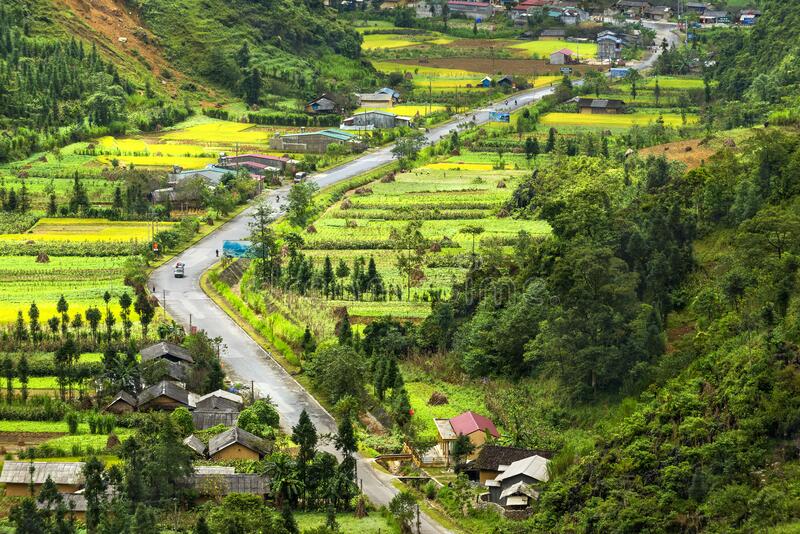
Preserving Heritage, Empowering Self-Government, Securing our Rights, and Respecting Religious Freedoms.
Who Are The Lnabi-Sharakhi
We are the Original Amaru Khan/Amarukaan indigenous inhabitants of North America. Our tribal lineages and clans are many but as a family of tribes, we are One. Our ancestral history takes us as far back as the land of Mu the Lemurian civilization and Olmecs.
Our Mission
Our Mission as the L’nabi Sharakhi Tribal Nation is to preserve our heritage and powers of self-government; secure our rights, privileges, and religious freedoms; protect our indigenous spiritual, cultural, and economic sovereignty, and provide for the good and welfare of our people and our descendants.
Our Vision
The vision of the Tribe is to elevate our American Indian ideals of collective “Oneness” through culture, group economics, and spiritual empowerment.
Our History
How We Got Started
The Lemurian Beings were the original indigenous brown to dark-skinned people, who lived upon the face of the earth for eons of time as the protectors of our Mother Earth. In addition to being Shamans and Healers; the original Lemurian settlers were very advanced galactic star beings. The Lemurians dispersed from the land of Mu after a cataclysmic event that took place more than 12,000 years ago. Our Ancestors crossed the waters into the lands now known as North, South, and Central America. The native, indigenous brown-skinned people lived and flourished carrying inherited energetic vibrations and signatures of the ancient past. Even though harassment, genocide, and the withholding of our history; To this day we still exist.
The Amarukhan people were descendants of the 10 scattered or lost tribes of Yisrael/Jacob. Pope Nicholas V issued the papal bull Dum Diversas on 18 June 1452 which set the stage for Christians to execute their plans of conquering the New World. It authorized Alfonso V of Portugal to reduce any “Saracens (Muslims) and pagans and any other unbelievers” to perpetual slavery.
Stealing The “New World”
The Papal Bull “Inter Caetera,” issued by Pope Alexander VI on May 4, 1493, stated, “any land not inhabited by Christians was available to be “discovered,” claimed, and exploited by Christian rulers.
Additionally, he declared, “the Catholic faith and the Christian religion be exalted and everywhere increased and spread, that the health of souls is cared for and that barbarous nations be overthrown and brought to the faith itself.”
These Decrees were the foundation and justification used for Spain and other European Colonizers to falsely rediscover inhabited lands, savagely take their land, murder the Amarukhan, and establish their dominion over the once sacred land of our ancestors.
Breaking the Dam
Before the Pope and Catholic Monarchs could execute their plans, they needed to overthrow the last guardians of the New World. The Moors. The Moorish King Abu Abdillah Muhammad XII, called Boabdil by the Christians, was the 22nd and last sultan of the Nazari kingdom of Granada, in Iberia, which corresponds to what is now Spain. He ruled from 1482 until he was defeated in 1492 by Ferdinand V and Isabella, who were known as the Catholic monarchs. The two were rulers of Castille and Leon from 1474-1504. Ferdinand was also king of Aragon, Sicily, and Naples. These two Monarchs completed the reconquest of Spain from the Moors. After his defeat, Abu Abdillah fled to Morroco. Before the fall of the last Moorish stronghold at the Alhambra Palace, Christopher Columbus had met with Popes, alleged Jewish Scholars, and Rulers to unravel the mystery and legend of a distant land spoken of by many prophets and included in the Apocrypha.
Breaking the Dam Cont.
The fall of the Moorish strongholds allowed Columbus and the Catholic Monarch to rush into the New World, searching for Grand Khan and the lost tribes of the Bible. This new world was known as the Amarukas/Americas. With the protective barrier breached, the tsunami of genocide and carnage followed swiftly. Columbus and the Catholic Monarchs were fully aware of who they would encounter and were on a mission to conquer as many people and their lands as they could, even the jewels of Yah. The 10 Lost Tribes.
The Great Mound Builders & Kahn Nations
The Amarukhan are pre-Columbian tribes collectively termed “Mound Builders.” The term refers to a specific people and their archaeological culture and the earthworks they erected for an extended period of more than 5,000 years. The “Mound Builder” cultures span the period of roughly 3500 BCE. Geographically, the cultures were present in the region of the Great Lakes, the Ohio River Valley, and the Mississippi River valley and its tributary waters. Those mounds include the following.
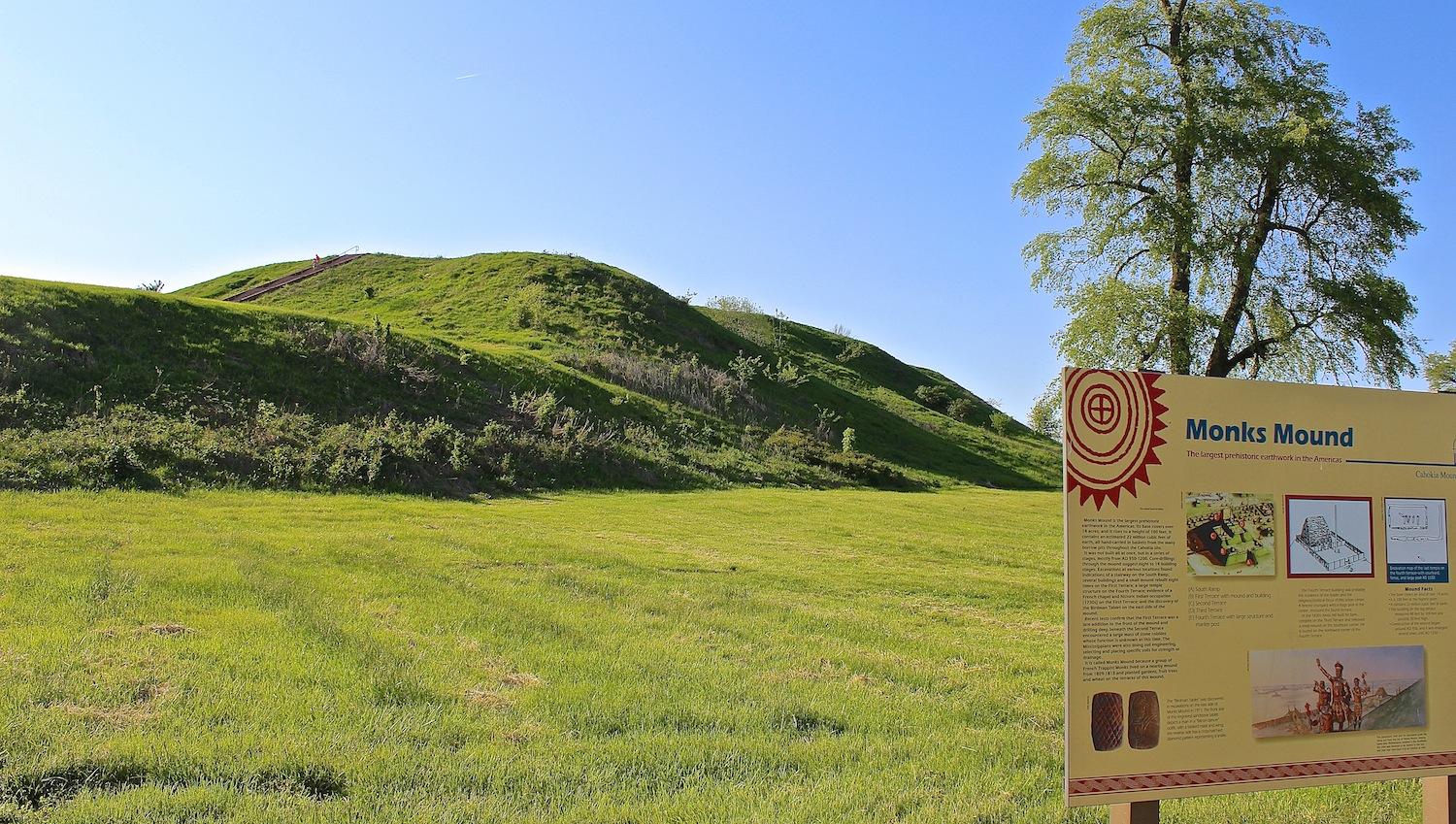
Kahokia Mound North America
Known as Monks Mound, the largest Pre-Columbian earthwork in the Americas and the largest pyramid north of Mesoamerica. Construction of Monks Mound by the Mississipian Amarukhan tribes began about 900–950 CE, on a site that had already been occupied by buildings.
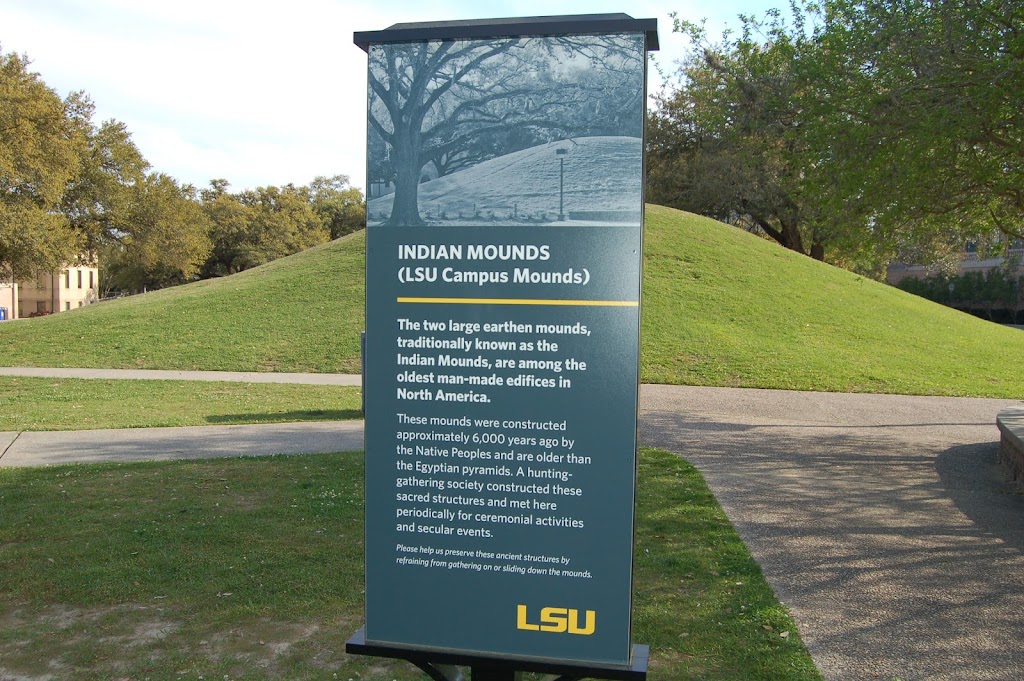
LSU Campus Mounds
The LSU Campus Mounds or LSU Indian Mounds are two Native American mounds, likely of the Archaic Period, on the campus of Louisiana State University in Baton Rouge, Louisiana. The 20 feet (6.1 m) tall mounds are commonly thought to be more than 5,000 years old, and one estimate places them at 11,300 years old. They predate the Great Pyramids of Egypt and are believed to be the oldest surviving man-made structure in the Americas, or possibly the whole world.
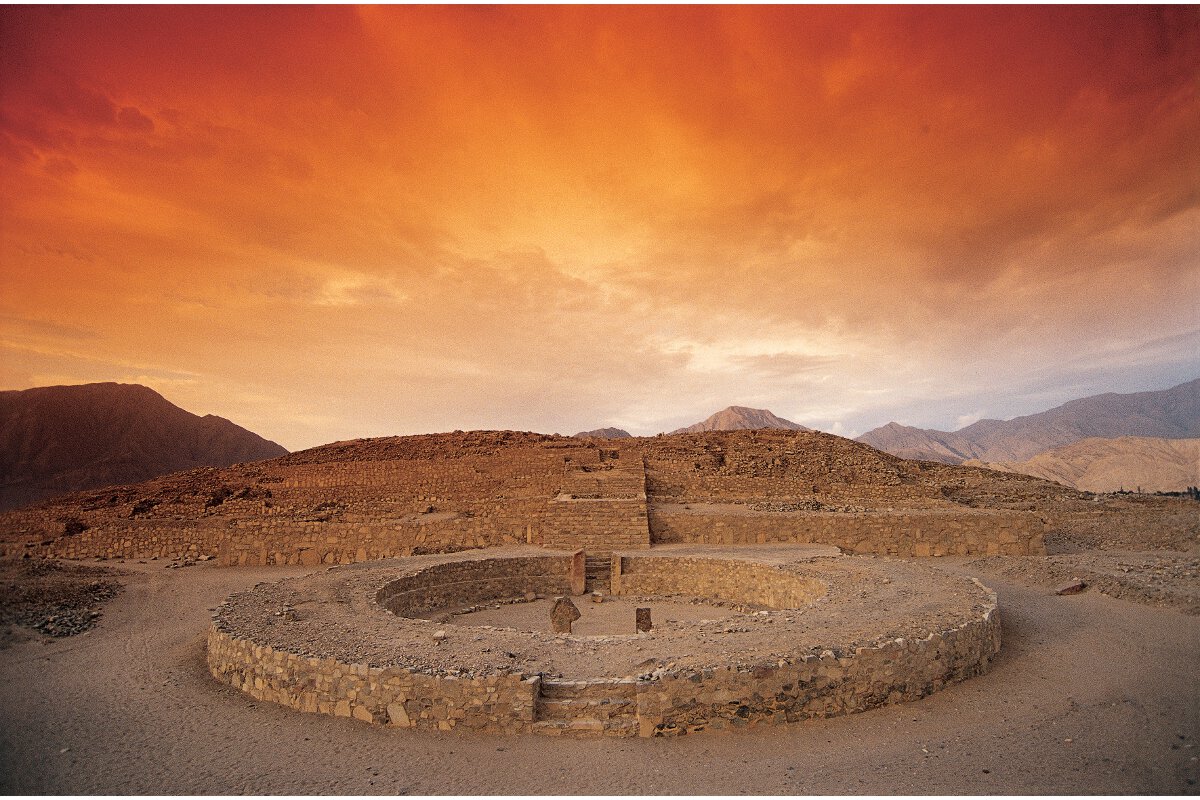
Caral Supe Peru Pyramids
Discovered in 1994, Caral is believed to date from 2600 BC, making it the oldest center of civilization in the Americas, and the second-oldest in the world after Mesopotamia. Some of the structures from the main plaza were built around the same time as the Egyptian pyramids.
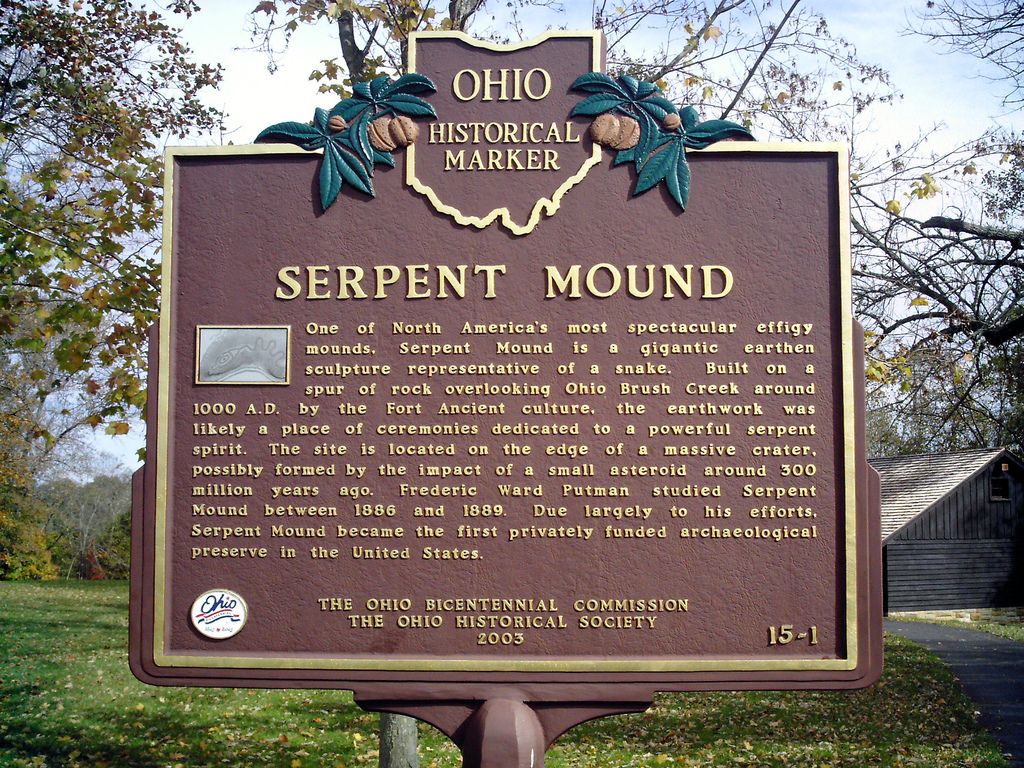
Serpent Mound North America
Located in Ohio. As its name suggests, Serpent Mound resembles a giant coiled snake with a curled tail at the west end, a head at the east end, and seven winding coils in between. In all, the snake stretches a quarter of a mile and ranges from 1.2 to 1.5 meters. It’s on the site of an ancient meteor impact dating to around 300 million years ago; the crater, measuring 8 to 14 km (5.0 miles to 8.7 miles) in diameter, is known as Serpent Mound crater.
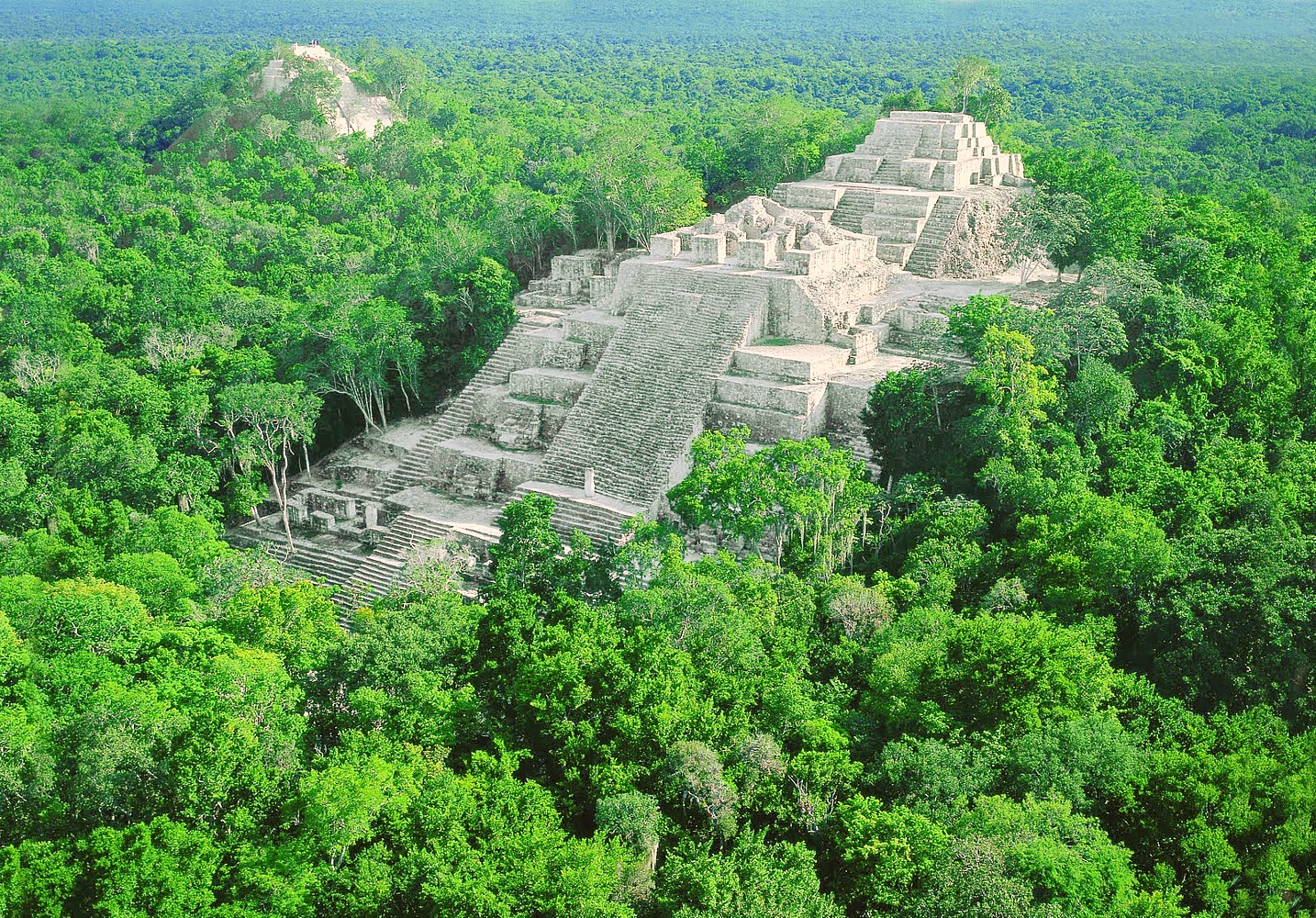
Calakmul: The Great Pyramid
Calakmul is counted as one of the reigning cities that faced constant war. While the pyramid is set in Yucatan, the city is also known as the kingdom of snakes or in other words, surrounded by a deep green forest. Calakmul was a major Mayan power within the northern Petén Basin region of the Yucatán Peninsula of southern Mexico. Calakmul administered a large domain marked by the extensive distribution of their emblem glyph of the snakehead sign, to be read “Kahn”. At Calakmul’s peak in the 7th century, the polity [an organized society; a state as a political entity] was known as Kahn.

Teotihuacan
Pronounced Teo-tiwa’-kahn Teotihuacan is known today as the site of many of the most architecturally significant Mesoamerican pyramids built in the pre-Columbian Amarukas/Americas. At its zenith, perhaps in the first half of the first millennium (1 AD to 500 AD), Teotihuacan was the largest city in the pre-Columbian Americas, with a population estimated at 125,000 or more, making it at least the sixth-largest city in the world during its epoch. Teotihuacan began as a religious center in the Mexican Highlands around the first century AD.
Their “New World” is our Old World
Our Old world is rooted in much mysticism; however, with careful discernment and a spiritual connection, we can see the truth of who we become. Many scholars and explorers wrote of their accounts and their encounters with our ancestors and believed they were the descendants of the lineage of Shem, The Ten Lost Tribes. Our AmaruKahn languages were closely connected and rooted in Paleo Hebrew. Our cultural customs divinely aligned with the teachings of the Torah passed down by Moshe.
William Penn wrote:
- The NATIVES I shall consider in their Persons, Language, Manners, Religion, Government, with my sense of their Original. For their Persons, they are generally tall, in height, well-built, and of singular Proportion; they tread strong and clever, and mostly walk with a lofty Chin: Of Complexion, Black, but by design, as the Gypsies in England:
[The Egyptians Act 1530 was a response to the arrival of Romani Gypsies, known as ‘Egyptians’ at the time, in Britain in the sixteenth century. The first definite record of these peoples in Scotland was in 1505 and in England in 1513 or 1514. ‘Egyptian’ migration to western Europe]
XXVI. For their Original I am ready to believe them of the Jewish Race, I mean, of the stock of the Ten Tribes, and that for the following Reasons; first, They were to go to a Land not planted or known, which to before Asia and Africa were, if not Europe; and he that intended that extra- ordinary Judgment upon them, might make the Passage not uneasy to them, as it is not impossible in itself, from the Eastern-most parts of Asia to the Western-most of America. In the next place, I find them of like Countenance, and their Children of so lively resemblance, that a man would think himself in Duke-place or Berry-street in London when he seeth them. But this is not all, they agree in Rites, they reckon by Moons; they offer their -first Fruits, they have a kind of Feast of Tabernacles; they are said to lay their Altar upon twelve Stones, their Mourning a year, Customs of Women, with many things that do not now occur.
Los Luna Stone, New Mexico [10 Commandments] Ancient Phoenician Paleo Hebrew
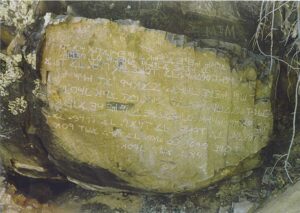
We, the Members of the L’Nabi Sharakhi Nation, Are the True AmaruKhan Nationals. Protectors of Mother Earth bearing the ancient symbol of the Plumed Sacred Dragon Amaru and Our present-day Totem the Phoenix [Job 29:18] to symbolize the resurrection of the 10 Lost Tribes. Job 29:18 describes the Chol as a bird that lives for a thousand years, dies, and later resurrects from its ashes.
From ashes, we rise. To greatness, we Ascend.
Can I have a genealogical trace service done by the tribe without seeking membership?
Yes, our aim by providing the service, is to re-establish the connection between you and your Native American ancestral roots. You are not required to join our tribe in return.
Can I apply for membership with the tribe?
Yes, you can apply for membership. You will need to complete a form of interest online or by mail. Our tribal council reviews all submissions. If approved, the council will send you a membership application.
How does being an American Indian benefit me?
You can find the quickest answer in the United Nations Declaration on the Rights of Indigenous Peoples passed in 2007. It provides the descendants of the Amarukhan people the ability to correct their status and re-connect to their ancestral estate.
Article 3
Indigenous peoples have the right to self-determination. By virtue of that right they freely determine their political status and freely pursue their economic, social and cultural development.
Article 4
Indigenous peoples, in exercising their right to self-determination, have the right to autonomy or self-government in matters relating to their internal and local affairs, as well as ways and means for financing their autonomous functions.
Am I required to denounce my United States citizenship in order to be an American Indian?
The Snyder Act of 1924 admitted Native Americans born in the U.S. to full U.S. citizenship. You can maintain dual citizenship of both your tribe and state.
Are there membership application fees?
Yes, upon approval of the Tribal Council the fees associated with the membership application process pay for processing, vital statistic documentation storage, entry onto our database and Rolls, mailing fees, labor costs, and ceremonial expenses.
What does my donation money go toward?
We use your donations sent to the Lnabi Sharakhi Tribal Nation Trust to fund our various Tribal Departments & Committees that cultivate our tribes Economic, Cultural, Health, Educational, and Spiritual Missions and endeavors.

